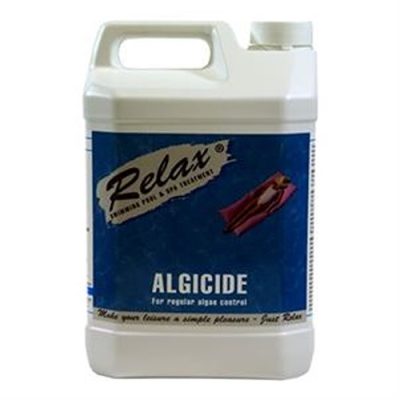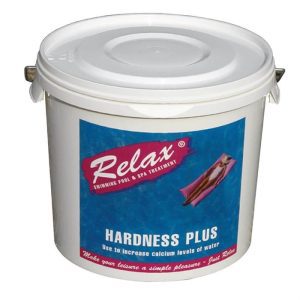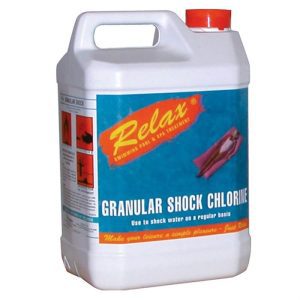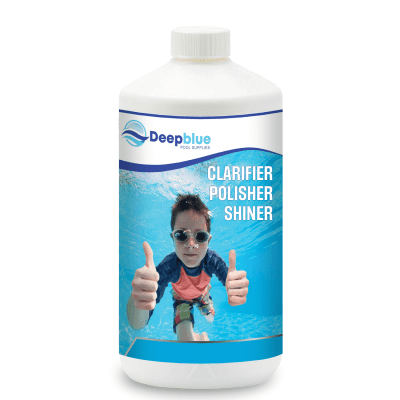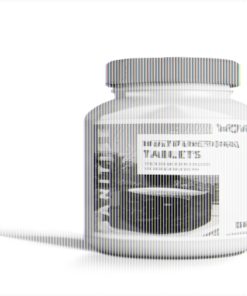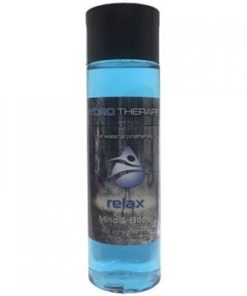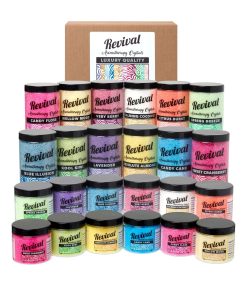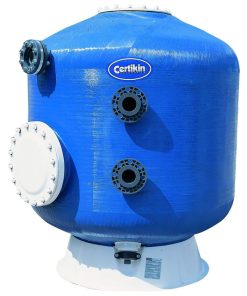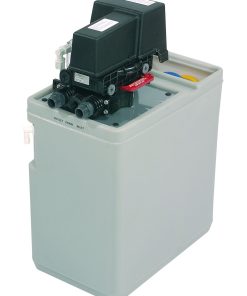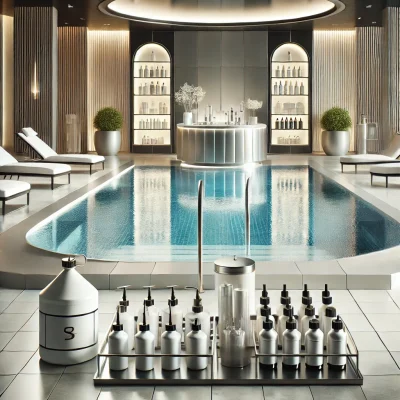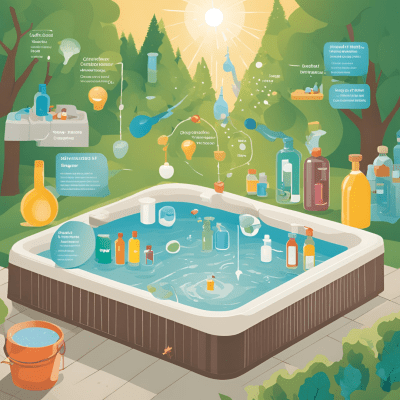Blogpool, Buying Guide, Hottub, Maintenance, Water Testing
A guide to owning a hot tub and swim spa – Key terms and questions answered
Quiz
What are two methods for determining the volume of water in your hot tub?
Hot tubs require proper water temperature maintenance because it affects both user comfort and safety.
How does free chlorine differ from combined chlorine in water chemistry?
Why do you need to shock your hot tub water?
Why do people use a line flush product?
What is the role of alkalinity in hot tub water chemistry?
Why should you never use pool chemicals for your hot tub?
Hot tub water tends to become cloudy because of three main reasons.
How does a salt water chlorinator work?
List three advantages of using a swim spa.
Hot tub maintenance products called line flush products have what specific purpose?
Hot tub users should utilize line flush products to clean the plumbing system of their spas. The product eliminates biofilm and grease as well as other contaminants that build up inside the pipe walls which enhances water circulation and reduces contamination risk. You should use it as a precaution before draining and refilling the hot tub.
Glossary
Here are the definitions for the terms you will find useful
Air lock – Occurs when air gets trapped inside your filtration system. This typically happens during refilling and can result in low water pressure, no circulation, or pressure switch errors.
Alkalinity – The measure of your hot tub water’s ability to resist pH changes, also referred to as its buffering capacity.
Biofilm – A slimy buildup that commonly forms inside your spa’s circulation system. This buildup is a layer of bacteria such as legionella, Pseudomonas aeruginosa, mycobacterium fortuitum, and E. coli that protect themselves from sanitizers by covering themselves in a layer of biofilm.
Breakpoint chlorination – Refers to adding enough free chlorine to break apart combined chlorine molecules, which allows your sanitizer to function effectively again.
Calcium hardness – The amount of calcium present in your hot tub water.
Chloramines – Undesirable compounds that form when chlorine interacts with organic compounds in your hot tub. They have a foul odour and reduce the effectiveness of chlorine.
Free chlorine – The chlorine that is actively available to sanitize your hot tub water. It hasn’t yet combined with ammonia or nitrogen molecules.
Hose filter – A filter that attaches to your hose to remove minerals and other contaminants from your fill water before it enters the hot tub.
Ideal – Refers to the optimal levels for various water chemistry parameters, ensuring balanced and healthy water.
Line flush – A product designed to clean the plumbing lines of your hot tub. This is necessary because even if you keep your hot tub clean, contaminants like sunscreen and body oils can build up in the plumbing.
Non-chlorine shock – A granular form of potassium peroxymonosulfate. It’s used to oxidize materials that your regular sanitizer may not effectively eliminate, such as microorganisms, contaminants, or chloramines.
pH – A measure of the acidity or alkalinity of your hot tub water. It’s measured on a scale of 0-14, with 7.5 considered neutral.
Priming – The process of purging air from the lines of your hot tub pumps to ensure proper functionality. The specific steps may vary depending on the manufacturer and model.
Sanitizer – A chemical agent like chlorine or bromine used to eliminate unwanted contaminants from your hot tub water.
Scale – Whitish, scaly mineral deposits that accumulate on hot tub surfaces. Scale can clog your filtration system and create an environment for bacteria and algae.
Shock – A strong dose of oxidizer used to break down contaminants that your current sanitizer level can’t handle.
Some products you might be interested in:


